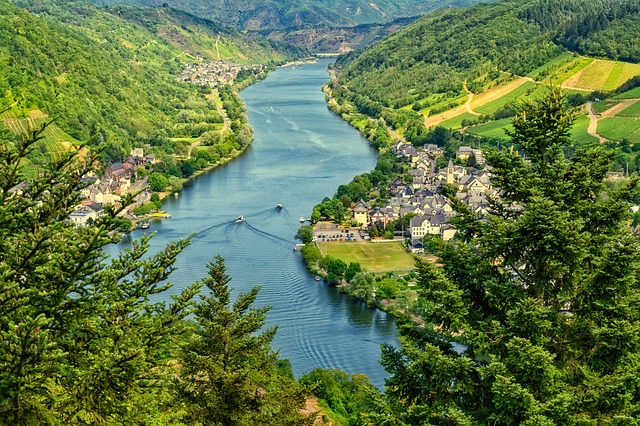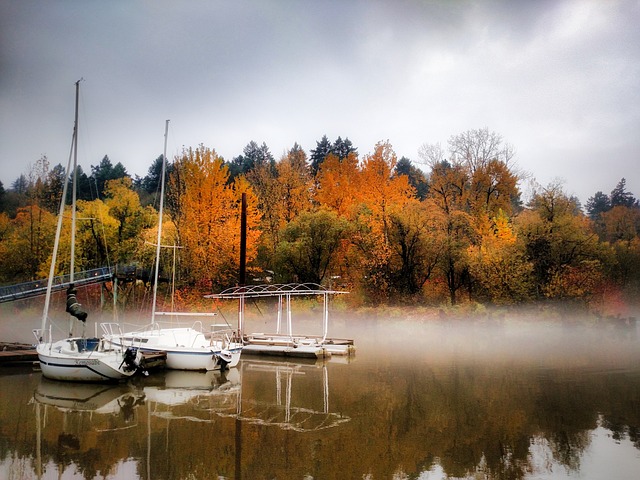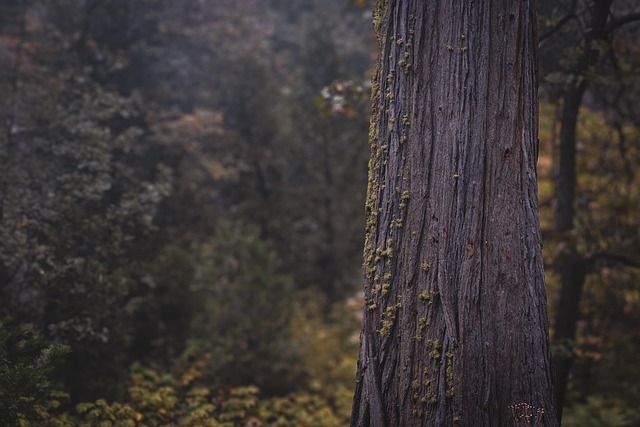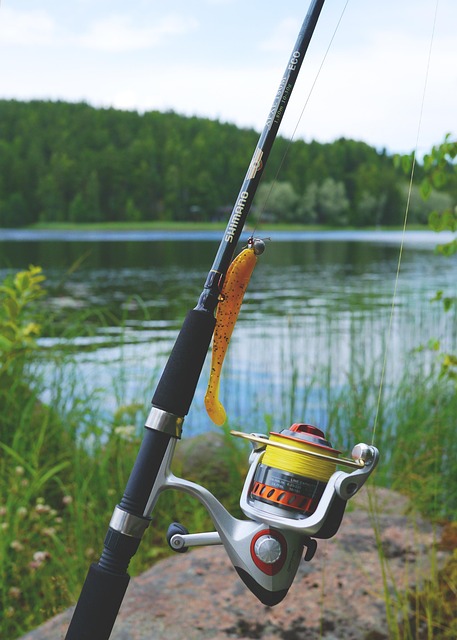Uncover Top Upper Willamette Fly Fishing Hotspots & Seasonals

The Upper Willamette River is a year-round paradise for fly fishers with diverse species like trout,…….
We are At Your Service
The Upper Willamette River, a majestic waterway winding through the heart of Oregon, has long been a haven for anglers and a vital resource for local communities. Fishing on this river is more than just a recreational activity; it’s a cultural tradition, an economic driver, and a key component of environmental conservation efforts. This article delves deep into the multifaceted world of fishing on the Upper Willamette River, exploring its historical significance, global impact, economic value, technological innovations, regulatory framework, challenges, and promising future prospects. By examining these various facets, we aim to provide a holistic understanding of why this riverine activity holds such immense importance.
Definition and Core Components:
Fishing on the Upper Willamette River refers to the practice of capturing fish from the upper reaches of this major waterway and its tributaries in Oregon, USA. This includes various fishing methods, such as fly-fishing, spin casting, and drift fishing, employing both commercial and recreational pursuits. The river is renowned for its diverse fish species, including trout (both native and introduced), salmon, bass, and catfish, attracting anglers from around the globe.
Historical Context:
The Willamette River has been a vital resource for indigenous tribes for thousands of years, who relied on it for sustenance and cultural practices. European exploration and settlement brought new dynamics to fishing activities. In the 19th century, commercial fishing flourished, with the river providing a rich supply of salmon and other fish. However, overfishing and habitat degradation led to declines in fish populations, prompting conservation efforts that continue to shape modern fishing regulations.
Significance:
Fishing on the Upper Willamette River holds immense ecological, economic, and cultural significance:
The Upper Willamette River’s reputation extends far beyond its borders, influencing global fishing trends and practices:
| Global Influence | Trends Shaping the Industry |
|---|---|
| International Tourism: The river attracts anglers from around the world, contributing to international tourism and cultural exchange. | Sustainable Fishing Practices: Growing global awareness of environmental sustainability has led to a push for eco-friendly fishing methods and conservation initiatives on the Willamette. |
| Sportfishing Destinations: It is featured in numerous travel guides and fishing magazines as one of North America’s premier sportfishing destinations, inspiring anglers worldwide. | Fish Species Introduction: The introduction of non-native fish species has both positive and negative impacts, requiring careful management to maintain ecological balance. |
| Research and Education: International researchers study the river’s fisheries for scientific knowledge and best practices in conservation and management. | Technological Integration: Adoption of advanced fishing technologies, such as GPS tracking and AI-powered analytics, is gaining traction globally, mirroring trends on the Upper Willamette. |
The economic impact of fishing on the Upper Willamette River is multifaceted:
Investment in fishing-related ventures on the Willamette River includes:
Fishing on the Upper Willamette River is integrated into Oregon’s broader economic system:
Technological innovations have revolutionized fishing on the Upper Willamette River:
These advancements not only improve the overall fishing experience but also contribute to data-driven decision-making, ensuring the river’s long-term sustainability.
A robust regulatory framework governs fishing on the Upper Willamette River to maintain its health and productivity:
Despite its many successes, fishing on the Upper Willamette River faces several challenges:
Proposed Solutions:
This collaborative initiative between anglers, scientists, and land owners aimed to restore salmon populations in the McKenzie River, a major tributary of the Willamette. By implementing habitat restoration projects, improving water quality, and managing fishing pressure, the project achieved significant success. As a result, salmon runs increased, benefiting both wild fish and recreational fishing opportunities.
The state’s Department of Fish and Wildlife conducts an extensive trout stocking program to enhance fishing experiences during lean months. By carefully monitoring water conditions and releasing disease-free trout, they ensure a healthy population for anglers. This strategy has been successful in maintaining high fishing rates throughout the year, attracting visitors from out of state.
Some private landowners along the Willamette River have partnered with local fishing organizations to provide public access to their properties. These partnerships have created new fishing spots, enhanced habitat through conservation projects, and fostered a sense of community among anglers. Such collaborations demonstrate the power of public-private efforts in preserving and promoting fishing opportunities.
The future of fishing on the Upper Willamette River looks promising with several growth areas and emerging trends:
Fishing on the Upper Willamette River is more than just a recreational pastime; it is a complex, multifaceted activity with global implications. From its rich history to its economic, ecological, and cultural significance, this riverine phenomenon has shaped the region and inspired anglers worldwide. By embracing technological advancements, implementing robust policies, and addressing challenges head-on, we can ensure that fishing on the Willamette continues to thrive for generations to come.
Q: Is fishing allowed year-round on the Upper Willamette River?
A: No, fishing seasons vary depending on species and location. Check with the Oregon Department of Fish and Wildlife for specific regulations.
Q: What equipment do I need to start fishing on the Willamette?
A: Essential gear includes a fishing rod, reel, line, hooks, bait or lures, and a valid Oregon fishing license. Local tackle shops offer rentals and recommendations tailored to different fishing styles.
Q: Are there any dangerous animals I should be aware of while fishing?
A: The river supports a diverse wildlife population, including snakes, beavers, and birds of prey. While most are harmless, exercise caution and common sense when encountering them.
Q: How can I contribute to the conservation of fish populations?
A: Support local conservation efforts, participate in clean-up events, practice catch-and-release where applicable, and report any unusual sightings or fish behavior to authorities.
Q: Can non-residents fish on the Willamette River?
A: Yes, non-residents can obtain Oregon fishing licenses online or from licensed retailers, allowing them to participate in recreational fishing activities across the state.

The Upper Willamette River is a year-round paradise for fly fishers with diverse species like trout,…….

The Upper Willamette River offers a diverse ecosystem with numerous fish species, including trout, s…….

The Upper Willamette River, known for its scenic beauty and diverse fish species, is a premier fishi…….

Anglers targeting Upper Willamette fish species have diverse equipment needs, from casting rods and…….

Anglers on the Upper Willamette River need valid Oregon Fishing Licenses and must follow species-spe…….

The Upper Willamette River offers diverse fishing spots suitable for all skill levels, featuring tro…….